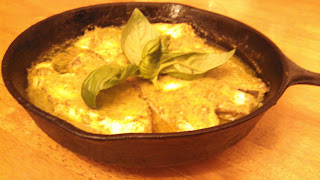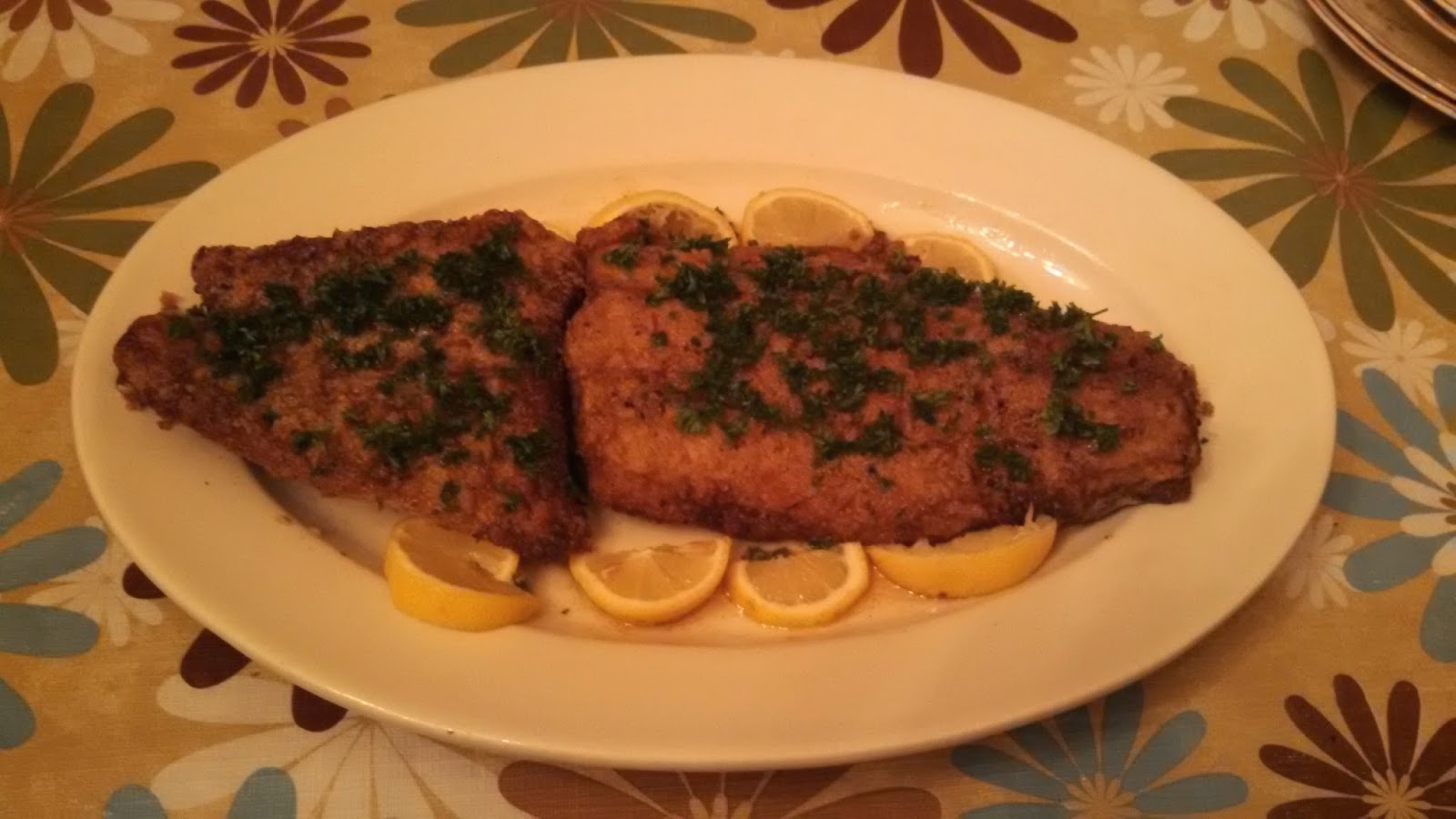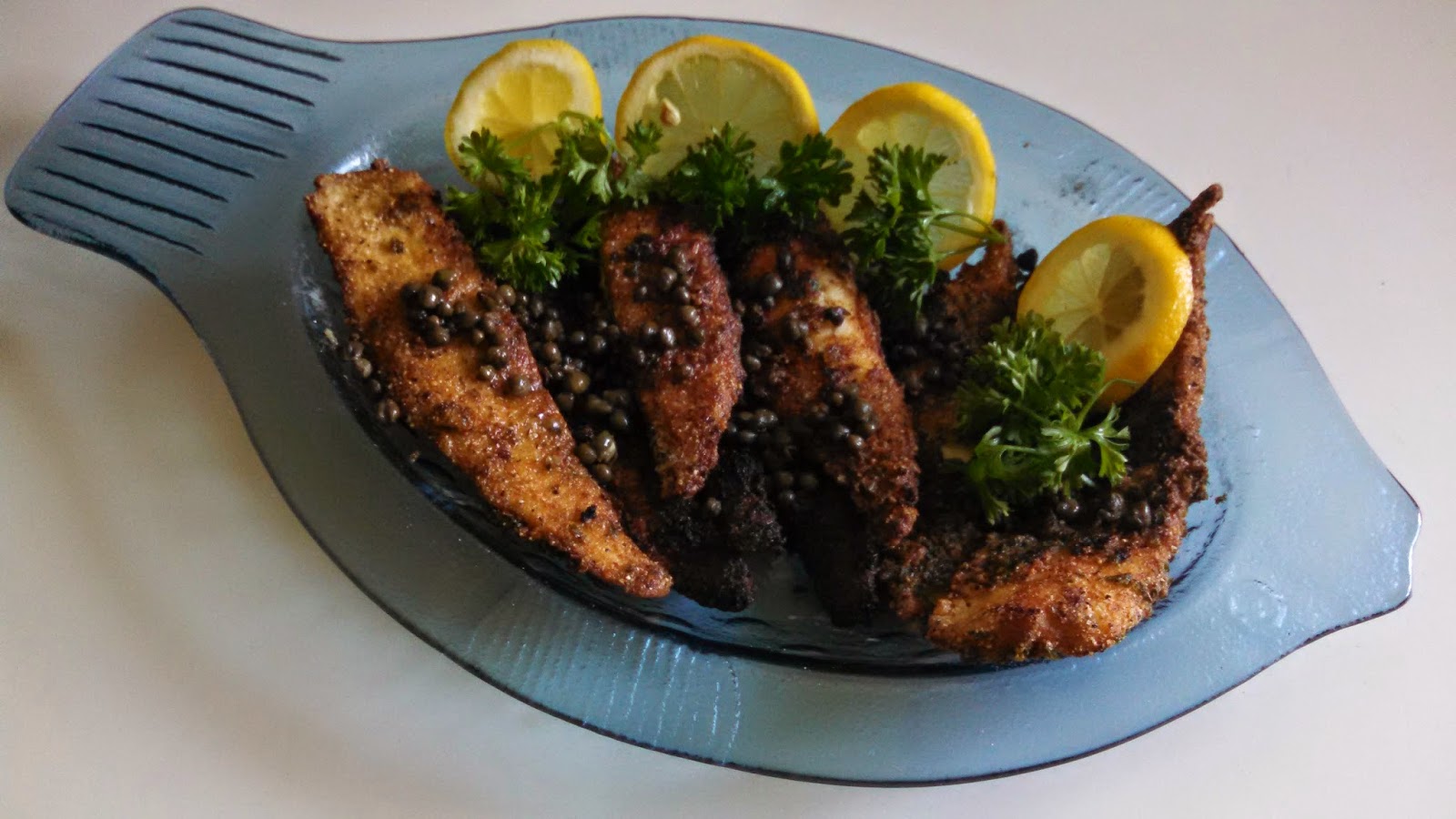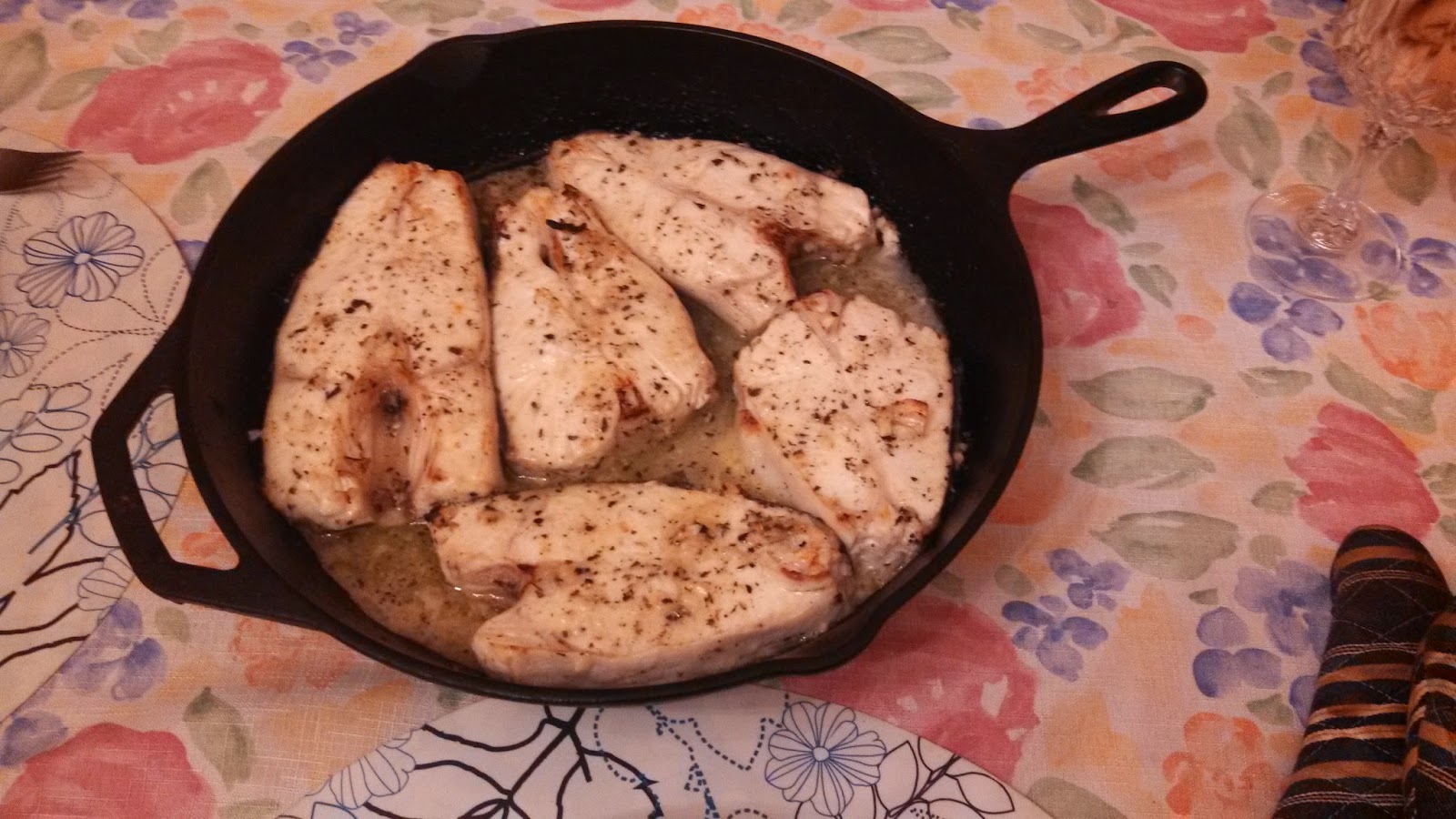I love cheesy fish fillets. You know the type, the more cheese the better. There’s something comfy and down home about such a meal, especially in the midwinter doldrums. And I like it simple: no mess, no fuss, just stick to the ribs cooking. The type of food that puts meat on your bones. In terms of what fish to use: any firm fish fillets will do: cod, halibut, turbot, tilapia, salmon, blue fish—whatever is available.
This entrée works with almost any kind of vegetable—broccoli, cauliflower, peas—but it works especially well with greens, even such suspects as bok choy and collard greens. In this rendition, I use spinach. What makes this recipe unique is that even if you have kids who don’t eat fish and hate spinach, they’ll savor this dish. The cheesy sauce will hook ‘em every time.
Now, you can elect to use frozen veggies or fresh. If you can get them, go for the latter. If using a frozen vegetable, just make sure it has thawed and is well drained. Otherwise, you’ll have too much liquid and the dish will be runny.
With a good hunk of bread, and a light red or white wine, this beauty hits the spot.
FISH FILLET WITH SPINACH
1 pound fish fillets
3 tablespoons butter or margarine
3 tablespoons flour
1 packet instant chicken bouillon granules or 1 chicken bouillon, crushed
Pinch or dash teaspoon ground nutmeg
Pinch or dash of cayenne pepper
Pinch or dash of white pepper
1 cup milk
2/3 cup shredded Swiss or Cheddar cheese (or any cheese-mix desired)
1 bunch fresh spinach, washed, and coarsely chopped
Juice of ½ lemon
¼ teaspoon salt
3 tablespoons grated Parmesan cheese
Pinch or dash of paprika
1. Preheat oven to 350 degrees F.
2. Rinse fillets under cold running water and pat dry with paper towels. Cut into serving
pieces, set aside
3. Melt butter in a saucepan over low heat. Stir in flour, bouillon, nutmeg, cayenne and white
pepper. Cook, stirring constantly, until mixture is smooth and bubbly.
4. Stir in milk. Bring to a boil and cook, stirring constantly, for 1 minute.
5. Add cheese, cook and stir until it melts. Remove from heat and set aside.
6. Place spinach in an ungreased baking pan or baking dish (I prefer cast-iron). Sprinkle with
lemon juice .
7. Arrange fish over spinach, sprinkle with salt, and spread cheese sauce on top. Bake, uncovered for about 20 minutes or until fish flakes easily with a fork. Sprinkle with Parmesan cheese and paprika. Return to oven and bake 5 minutes. Place on serving dish, or serve straight out of the baking pan.
Yield: 4 servings.













